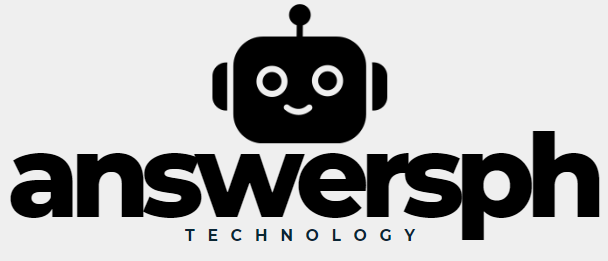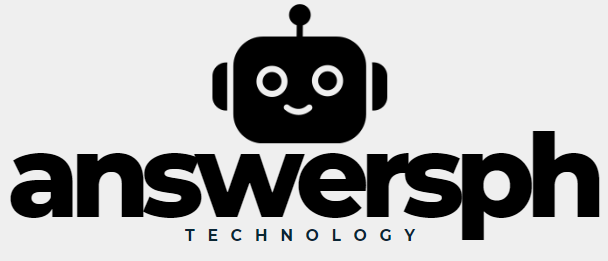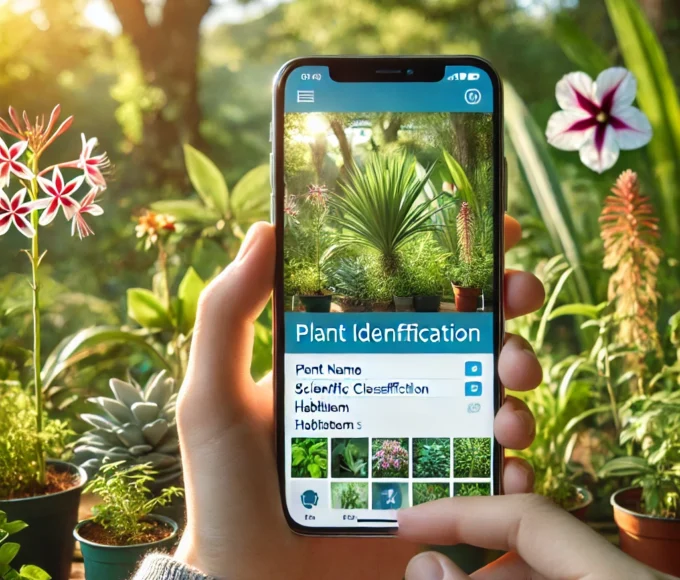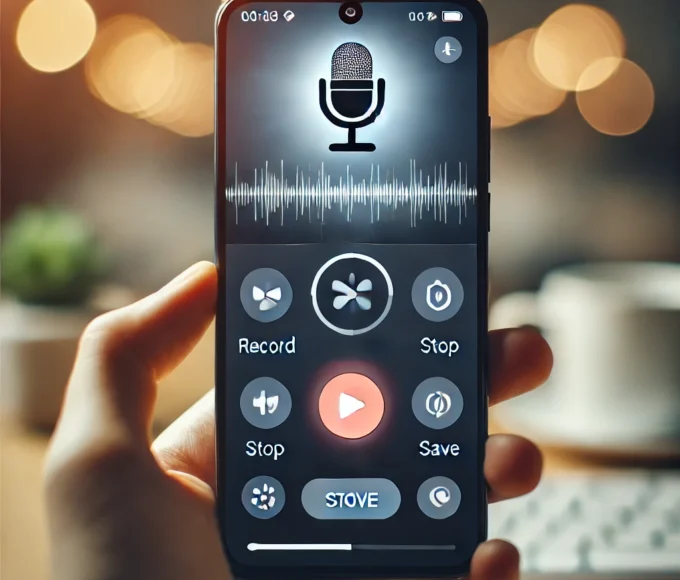Gold prospecting is an ancient activity that continues to arouse the interest of people all over the world. With the development of new technologies, this activity has acquired a completely different appearance, thanks to the development of many areas, one of which is application placement. In this article, we will discuss what it is, how it works and what features it offers, as well as address the contribution of this technology to gold prospecting.
Perspective on Gold Prospecting
Historically, prospecting for gold was a laborious process that depended on the experience and intuition of the prospector. With tools such as pans, shovels and a deep knowledge of geology, prospectors could find gold deposits in the ground. However, modern technology has transformed this reality. Today, thanks to digital tools and geological maps, it is possible to explore every kilometer of terrain, identify areas of importance and predict where there is a greater likelihood of finding gold.
How Gold Prospecting Apps Work
In short, gold detection apps utilize a variety of technologies to provide users with valuable information. Common features of these apps include:
- Geolocation and Digital Maps – The apps use GPS to help users locate potential prospecting areas and view detailed geological maps.
- Mineral Deposits Database – Many applications have databases containing detailed information about known mineral deposits, their locations, geological compositions and extraction histories. This is crucial for planning efficient prospecting, saving time and avoiding depleted areas.
- Soil Analysis Tools – Some advanced apps have tools to analyze rock and soil samples, identifying the presence of gold and other valuable minerals. They can be based on sensors built into the smartphone or on standalone devices connected to it, such as metal detectors.
- Community and Information Sharing – Prospecting can be lonely, but many apps offer community features, allowing users to share their findings, get tips, and even collaborate on joint prospecting projects. This makes the experience richer and creates a support network.
- Real-Time Updates – Some apps provide real-time updates on weather, legal changes and protected areas, informing users about prospecting risks and regulations.
Main Applications Available
There are several applications available to meet the needs of prospectors. Below are some of the most popular:
- Gold Tracker – Very popular among amateurs and professionals alike, this app offers detailed geological maps, vast databases of gold deposits, and information sharing features to record discoveries.
- Prospector's Map – Ideal for prospectors seeking high accuracy, this app includes accurate geological layers and the ability to import or export information from a GPS receiver.
- Placer Gold – Focused on soil analysis, this application can identify minerals present in the region’s soil from a sample with a sensor. It is ideal for those looking for a more scientific approach to gold prospecting.
- Gold Rush GPS – Very popular among recreational prospectors, Gold Rush GPS allows you to mark the locations of gold found on the map and has an active community of users.
- iGold Finder – It stands out for its simplicity. This application provides guidance and directions based on statistical data of deposits found in the area.
Impact of Technology on Gold Prospecting
The use of mobile apps for gold prospecting has brought significant advantages. Easy access to geological data and the ability to perform field analyses using mobile devices have significantly reduced prospecting costs. In addition, these apps have created an online community that facilitates the exchange of knowledge and collaboration, making prospecting more accessible to everyone.
However, it is important to remember that prospecting for gold with the help of technology may not guarantee success. Factors such as legality, ecological conditions of the region and regulations impose severe restrictions. Applications that inform about current laws and regulations and recommend responsible practices are essential for ethical and sustainable prospecting.
Conclusion
Gold prospecting apps have represented a significant leap forward in the way modern prospectors approach the search for this metal. These tools integrate cutting-edge technology and the ability to connect with global communities of prospectors, making prospecting more accessible, efficient and collaborative. However, as with any resource exploration activity, it is important to act responsibly, respecting the law and the environment. In this way, gold prospecting can continue to be a rich activity, not only in material terms, but also in terms of experience and learning.







